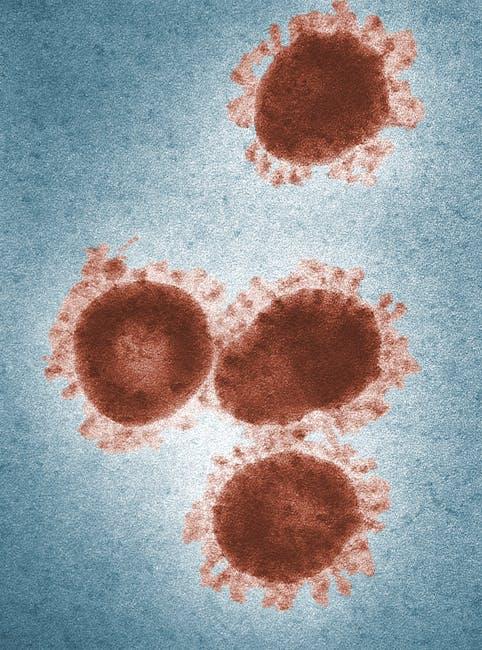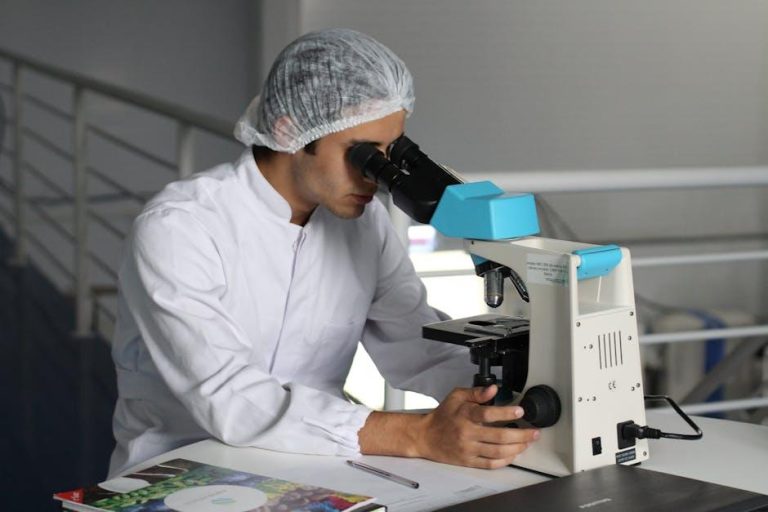
COVID-19 and Beyond: Implications for Dental Radiography – British Dental Journal – Nature
The global COVID-19 pandemic has profoundly impacted healthcare practices worldwide, with dental radiography being no exception. As protocols rapidly evolved, dental professionals faced new challenges and opportunities in imaging practices to maintain patient and staff safety. This article explores the latest insights on COVID-19 and its implications for dental radiography, as reported by the British Dental Journal and Nature publications. We’ll cover infection control measures, technological advancements, practical tips for practices, and the future landscape of dental radiology in a post-pandemic world.
The Impact of COVID-19 on Dental Radiography Practices
The pandemic mandated immediate adjustments to traditional dental imaging workflows to minimize viral transmission risks. Dental radiography procedures, often requiring close patient contact and shared equipment, faced scrutiny under enhanced infection control protocols.
Key Challenges During the Pandemic
- Risk of Cross-Contamination: Handling of X-ray equipment posed potential fomites transmission pathways.
- Reduced Patient Flow: Social distancing and lockdowns decreased routine dental imaging appointments.
- Personal Protective Equipment (PPE): Integration of PPE impacted ease and speed of conducting radiographs.
- Airborne Transmission Concerns: Aerosol-generating procedures heightened the need for new safety standards during imaging.
Infection Control Innovations in Dental Radiography
To combat these challenges, dental clinics globally adopted innovative infection control measures and technological upgrades, such as:
- Barrier Protections: Using disposable covers for sensors and control panels.
- Enhanced Disinfection Protocols: Implementation of ultraviolet (UV) light and chemical disinfectants for room and equipment sanitation.
- Digital Radiography Transition: Moving towards digital sensors reduced physical handling and provided remote viewing options.
- Remote Radiograph Interpretation: Use of tele-dentistry to review images without physical presence.
Benefits of Digital Radiography Post-COVID
Digital dental radiography has proven indispensable during the pandemic and beyond, offering:
- Faster Imaging and Processing: Reduced patient chair-time minimizes exposure risk.
- Enhanced Image Quality: Superior diagnostics facilitating quicker treatment decisions.
- Lower Radiation Exposure: Safer imaging techniques promote patient health.
- Better Data Storage and Sharing: Facilitates collaborative care and remote consultations.
Practical Tips for Safe Dental Radiography in the COVID Era
Dental practices can adopt the following actionable strategies to improve safety and efficiency:
| Safety Measure | Description | Benefits |
|---|---|---|
| Disposable Sensor Sleeves | Use single-use plastic covers on digital sensors. | Prevents cross-contamination; easy to replace between patients. |
| Pre-Appointment Screening | Screen patients for COVID-19 symptoms before imaging. | Reduces risk of viral introduction in clinics. |
| Ultraviolet Disinfection | Use UV lamps to sanitize imaging rooms and devices. | Efficient and chemical-free sterilization. |
| Remote Image Viewing | Upload images to cloud platforms for dentists to review remotely. | Limits staff exposure and optimizes workflow. |
| PPE for Operators | Require masks, gloves, and face shields during radiography. | Protects dental staff and patients alike. |
Case Study: A UK Dental Clinic’s Radiography Adaptation During COVID-19
One general dentistry practice in London instituted a robust protocol combining technology and safety practices:
- Switched exclusively to digital radiography to cut down processing time.
- Installed hands-free sensor holders to minimize contact.
- Implemented staggered appointment scheduling to reduce patient overlap.
- Provided staff with enhanced training on donning and doffing PPE during imaging.
The clinic noted a 40% reduction in patient wait times and no reported cases of COVID-19 transmission linked to dental radiography over 18 months.
First-Hand Experiences from Dental Radiographers
“The pandemic accelerated our adoption of digital tools which we had been hesitant to fully trust. Now, remote diagnostics and streamlined protocols have made our radiography practice safer and more patient-friendly without compromising image quality.” – Sarah M., Lead Dental Radiographer
Looking Forward: Future Trends in Dental Radiography Post-COVID
The innovations spurred by the pandemic are likely to have lasting effects on dental radiography, with key trends including:
- AI-Powered Image Analysis: Artificial intelligence to aid diagnostics and reduce human error.
- 3D Imaging Growth: Increased use of Cone Beam Computed Tomography (CBCT) for comprehensive views.
- Improved Infection Control Devices: Development of radiography equipment designed for easy sterilization.
- Integration with Tele-Dentistry: Combining imaging with virtual consultations for holistic care.
Conclusion
The COVID-19 pandemic reshaped dental radiography, highlighting the necessity for heightened safety protocols and technological adaptation. Through diligent infection control, embracing digital radiography, and adopting innovative workflows, dental professionals can provide safer, more efficient care moving forward. British Dental Journal and Nature emphasize the importance of continued research and sharing of best practices to prepare for future healthcare challenges. As the dental industry moves beyond COVID-19, these lessons will help elevate standards and patient outcomes in dental radiography worldwide.
Stay informed about the latest dental radiography advancements and infection control protocols to ensure safety and quality in your dental practice’s imaging services.


